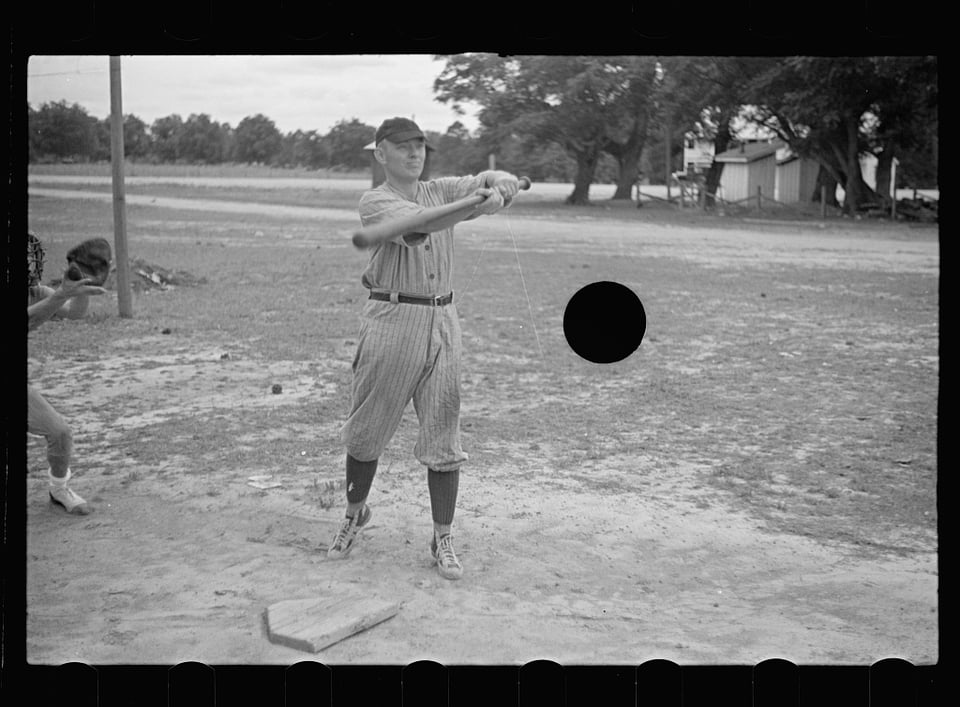Photographs

“Photo” is a synonym for “archive” in the minds of so many — heck, I lead every newsletter with one! — because photos are so immediately human. So I found myself re-reading an essay from a few years ago with a memorable title: “The Kept and the Killed.”
During the Great Depression, the U.S. federal government paid artists and photographers to capture the moment. Roy Stryker led an initiative that eventually produced 270,000 photographs, including what became the visual summary for the entire era: Dorothea Lange’s “Migrant Mother.” Stryker helped publish that image (one of a set with a complicated history that offers a primer on the tensions between the power of an image-maker and the agency of a subject). Stryker rejected about one-third of the photos he saw, often with a hole punched through to prevent further use.
Yet the physical copies weren’t destroyed.
Today, all of us carry not just cameras but also fully formed archives in our pockets, yet unlike Stryker’s voided remnants, digital photos are obliterated forever with ease. The scale for professionals is even more daunting, with a “little fires everywhere” situation.
Any photograph, like any archive, represents the embodiment of a series of choices. Our modern proliferation of images should demand an expanding, compensated industry of editors, librarians, and archivists. That’s not happening. So when our communal record exists in a billion hands, who decides what to keep and what to ditch in a cabinet left on the curb? Who selects which images should survive to form collections that will allow “new and unexpected adjacencies” in the decades to come?
I can envision some ultra-wealthy donors bankrolling new curatorial positions at respected institutions that will partner with communities and regions to assess the work of photographers and plan how those visual records will be accessible. But I can also envision important images vanishing — dumpster or delete key, drought or deluge.
—
This newsletter was written on the traditional lands of the Piscataway and Nacotchtank.